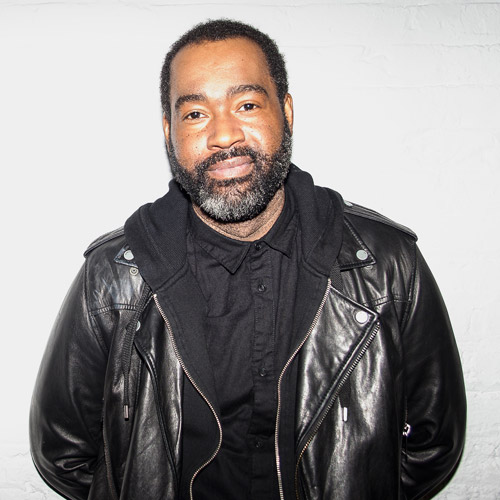A certain harmony graced Javier Villamizar when, through his work at Motorola Ventures, he found himself serving as a consultant in the early 2000s to Marcelo Claure, the founder and former CEO of Brightstar and current president and CEO of Sprint. It started with conversations wherein Claure expressed interest in expanding his new company Brightstar, a distributor of Motorola’s phones at the time. Within months, Claure had the investors he needed to make his expansion dreams a reality, and soon after, he asked Villamizar to come on board as president of global distribution. The decision wasn’t a difficult one for Villamizar.
“Working next to [Claure], becoming his right hand in some cases… the way I described it to my friends was, ‘It’s the best MBA you can get but can’t buy,’” Villamizar explains. “This was really living it, with a guy that had built his company from scratch.”
Growth
Brightstar is currently the largest known provider of distribution and value-added services to the wireless telecommunication industry. It provides mobile phone-related services to operators and retailers worldwide—a world that had plenty of growing to do when Villamizar first started, considering it primarily served only Latin America. “My mission was basically to expand, both geographically and in terms of services offered by the company,” he says.
And after what amounted to a “five-year road trip” through Asia, Europe, the Middle East, and Africa, he ultimately engaged with enough attorneys, accountants, and warehouse workers to start operations for Brightstar in 30 new countries. “I was going to these manufacturers and saying, ‘Now I can serve you in India, Nigeria, etcetera’… and they’re making that connection and developing the business,” Villamizar says.
Brightstar eventually took up residence in North America, around the same time that the wireless world was shaken up with the introduction of smartphones. “It really made us think through what we were going to bring to the ecosystem in the future,” he adds.
Strategy
What the smartphone revolution brought was a company renaissance: an overhauled infrastructure, more IT, and intellectual property—dealing not only with selling to customers, but also buying back from retailers and wireless carriers. Brightstar’s new business model was built around the acknowledgement that excess, still-usable products—such as a phone used for only six months, then replaced—had become commonplace. “That six-month-old phone is still a very good phone,” Villamizar says. “So finding a home for that product was our mission.”
By embracing that mission as both an opportunity for the company as well as a form of corporate responsibility, Brightstar became re-invigorated. “There are people in India, or Nigeria, or Columbia, that don’t have $500 or more to buy a new high-end smartphone, but they might be able to purchase an older one,” Villamizar explains.
Of course, the industry is centered on innovation, first and foremost. One way Brightstar stays competitive, in that regard, is by creating “sophisticated inventory replacement models” where, according to Villamizar, they can monitor customer demands in real time and purchase the precise number of phones necessary. This lets the company help operators be more efficient with capital and inventory management.
Another key to efficiency for Brightstar is its connection with SoftBank, Brightstar’s parent company and a sizable investor in hundreds of IT- and Internet-related companies, which allows Brightstar to adapt innovations from those companies into its business. “Now we’re working with the biggest device manufacturers in the industry to bundle that content and those applications,” Villamizar says.
Expansion
When it comes to taking all that Brightstar offers into even more parts of the world, Villamar has learned some interesting lessons, having witnessed millions of dollars in phone inventory make its way through Mexico under only the tightest security. “We went to Singapore with that same mindset of [security] needs,” Villamizar says.
“We wanted to have armored guards and 24-hour surveillance. And we discovered it was much more expensive in Singapore. But then we realized… there’s no need to have armed guards when you’re driving through a place with one of the lowest crime rates in the world. So you have to be very humble when learning how a new place works.”
Regardless of whether it’s traditional cell phones or the newest wearable devices, one thing Villamizar knows for sure is that there is still plenty of world left for Brightstar to conquer. “When I look at the map, I know I’m missing some very strategic countries in my footprint like China, Russia, and Indonesia,” he says. “Another five years down the road, these are markets where we want to be present one way or the other.”

